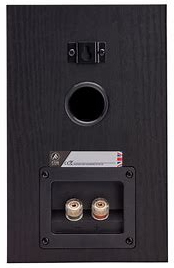Ed's
AV Handbook
Batting Practice for the AV Professional
and primer for the novice
Chapter 5 Page 1
The AV System Sequence
Conform or Perish
The AV System Sequence is a
one-way path from a selected source through the components that
reproduce its sound and or video. It is a process where
conformity is mandatory. An exit leads only to an
entrance. Non-conformity will result in silence and or a
blank video screen. A clear grasp of the sequence fosters
efficient system setup and minimizes time spent diagnosing
problems. Prepare to submit to the electron flow of the AV
System Sequence.
The Sequence
Source > Preamplifier > Amplifier > Speaker & or TV/Projector
Source
An audio or video
source is the initial component of the sequence. Audio
and video sources include compact disc players, turntables,
DVD players, BluRay players, cable boxes, satellite
receivers, Internet streaming devices, AM/FM tuners, audio
cassette decks, game consoles, off-air television tuners,
Bluetooth devices, etc.

Each source has output jacks
that feed the input jacks of the next step in the sequence
via -- HDMI, single-ended RCA, optical Toslink, or balanced
XLR -- interconnecting cable. Sources with Bluetooth
and WiFi transmitters connect to Bluetooth and WiFi
receivers of the next sequence step.
*Audio or AV Preamplifier
The next step in the
sequence path is the audio preamp or audio/video
preamp. Sources enter the preamp via dedicated labeled
input jacks or wireless Bluetooth and WiFi receivers.
The preamp switches between connected sources via a knob or
row of buttons on the preamp front panel.
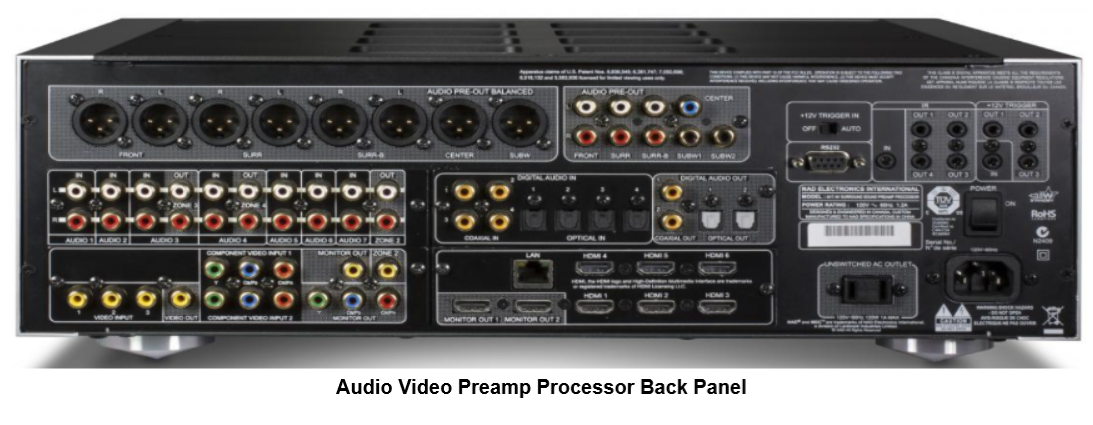
Prior to the exiting the
output jacks,selected sources are manipulated
and or processed via another
knob, buttons, or the setup menu.
Manipulation includes volume, bass/treble control, equalization.
Processing includes surround formats, digital audio formats, video scaling,
video trans-coding.
Manipulation includes volume, bass/treble control, equalization.
Processing includes surround formats, digital audio formats, video scaling,
video trans-coding.
The selected source is then
routed to the next step in the sequence.
Audio or Video Amplifier
The Audio Amplifier
The audio preamp output jacks
connect to the input jacks of the amplifier.
The amplified audio then continues to the speaker connecting output jacks.
The amplified audio then continues to the speaker connecting output jacks.
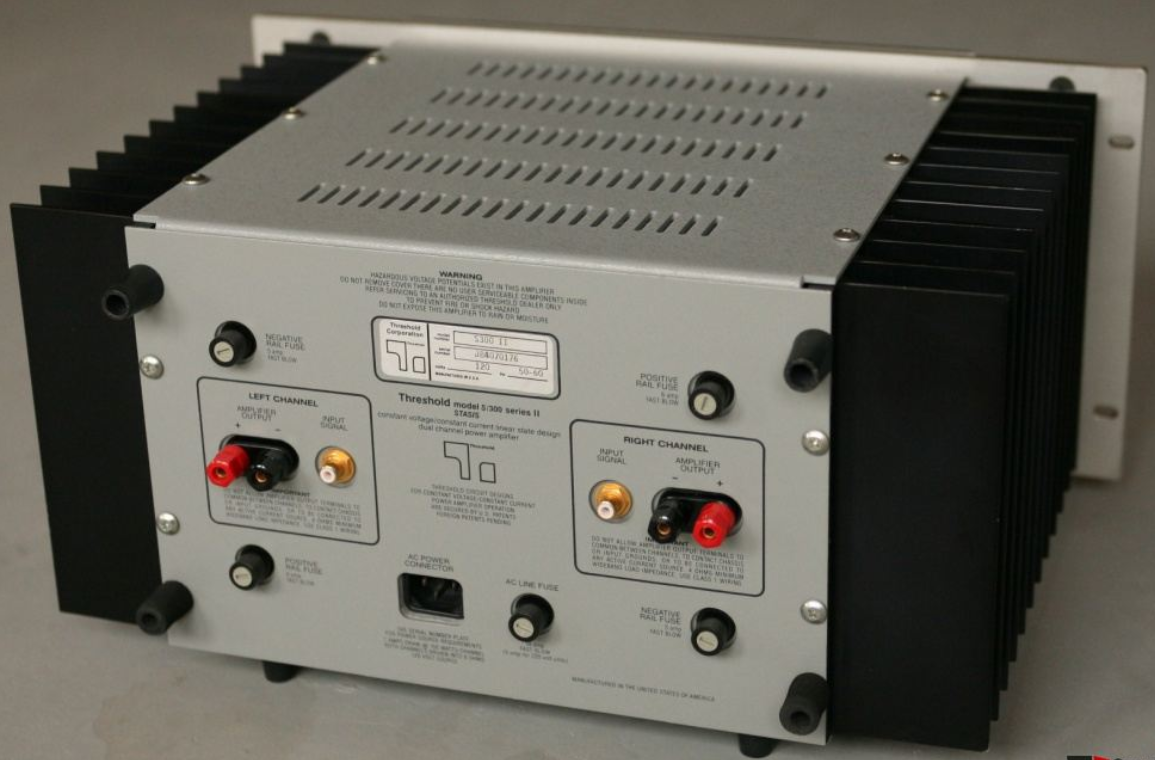
The Video Amplifier
The AV preamp video output
connects to the video input of a TV or projector.
Video amplification is integrated with the TV video decoding circuitry.
Video amplification is integrated with the TV video decoding circuitry.
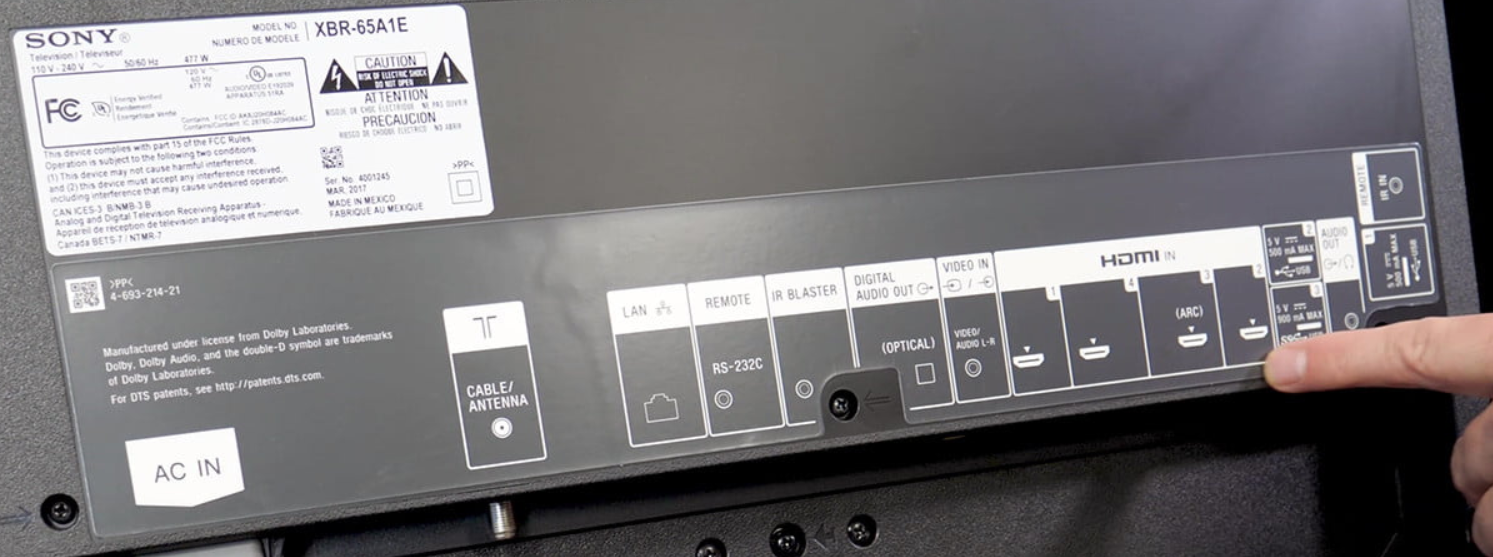
The Speaker ...........
The amplifier output speaker
jacks are connected to the speaker input jacks.
The modulating speaker cone reproduces the ultimate sound waves.
The modulating speaker cone reproduces the ultimate sound waves.
........ and or TV/Projector
The AV preamp output connects
(typically via an HDMI interconnect)
to the TV or projector input jack. The combined output of the TV video decoder/amplifier illuminates the pixel elements of the TV or projector.
to the TV or projector input jack. The combined output of the TV video decoder/amplifier illuminates the pixel elements of the TV or projector.
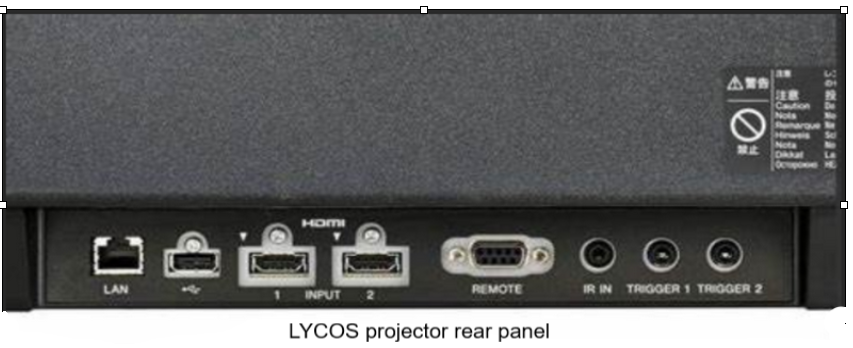
Sequence confusion, audio adjustment, and three additional notes.
1. TV Confusion
The TV can add confusion. TVs include additional input jacks plus "The Sequence" of an off-air-TV-tuner source > switching pre-amp > amplifier > speaker and TV screen. This permits the TV to perform as a stand-alone low-fidelity audio plus video system.
2. *Pre-amp Adjustment
Many audio pre-amps and receivers have eliminated the phono preamp stage. If a turntable is in play, then a dedicated-phono-pre-amp must be added and inserted to the input of the pre-amp. The phono pre-amp boosts phono cartridge voltage and provides RIAA specified playback equalization.
3. Sequence Note
A stereo receiver is a source AM/FM tuner + pre-amp + amp in one cabinet.
An integrated amplifier is a pre-amp + amplifier in one cabinet.
A portable radio is an AM/FM tuner + pre-amp + amplifier + speaker in one very small cabinet.
4. Video Sequence Route Note
The video source determines the interconnect path to the TV. Contemporary product is widely limited to HDMI cabling. However, legacy product may employ composite video, component video, or RGB interconnects. If you start a sequence with composite video, then composite cabling must continue to the TV. If component cable, then component cable must complete the sequence.
Multiple types of video cabling requires multiple hookup paths to the TV,
plus video source switching,
The TV can add confusion. TVs include additional input jacks plus "The Sequence" of an off-air-TV-tuner source > switching pre-amp > amplifier > speaker and TV screen. This permits the TV to perform as a stand-alone low-fidelity audio plus video system.
2. *Pre-amp Adjustment
Many audio pre-amps and receivers have eliminated the phono preamp stage. If a turntable is in play, then a dedicated-phono-pre-amp must be added and inserted to the input of the pre-amp. The phono pre-amp boosts phono cartridge voltage and provides RIAA specified playback equalization.
3. Sequence Note
A stereo receiver is a source AM/FM tuner + pre-amp + amp in one cabinet.
An integrated amplifier is a pre-amp + amplifier in one cabinet.
A portable radio is an AM/FM tuner + pre-amp + amplifier + speaker in one very small cabinet.
4. Video Sequence Route Note
The video source determines the interconnect path to the TV. Contemporary product is widely limited to HDMI cabling. However, legacy product may employ composite video, component video, or RGB interconnects. If you start a sequence with composite video, then composite cabling must continue to the TV. If component cable, then component cable must complete the sequence.
Multiple types of video cabling requires multiple hookup paths to the TV,
plus video source switching,
unless the
receiver/preamp includes video transcoding.
Typical transcoding converts composite and component video to HDMI.
However, transcoding has disappeared from many current AV receivers.
Therefore, ask customers if they plan to use legacy video sources.
Then choose the appropriate receiver/preamp.
5. Interconnect Jack Note
Most sequence steps described on this page connect the outputs jacks to the inputs jacks via interconnecting cable.
Exceptions include wireless WiFi & Bluetooth sources that transmit to wireless WiFi Bluetooth receivers,
and integrated devices (as in Note #3) connected on their PC boards.
Typical transcoding converts composite and component video to HDMI.
However, transcoding has disappeared from many current AV receivers.
Therefore, ask customers if they plan to use legacy video sources.
Then choose the appropriate receiver/preamp.
5. Interconnect Jack Note
Most sequence steps described on this page connect the outputs jacks to the inputs jacks via interconnecting cable.
Exceptions include wireless WiFi & Bluetooth sources that transmit to wireless WiFi Bluetooth receivers,
and integrated devices (as in Note #3) connected on their PC boards.
Ed's AV Handbook
Copyright 2007 Txu1-598-288 Revised 2024
Sponsored By

Architectural Speaker Tuning System
for
in-wall/ceiling custom installed speakers.
Reclaim
The Performance You Paid For
Site Menu
Home
Table of
Contents
AV News & Blog
Handbook Chapters
1 AV
Terms
2 AV Physics
3 Sound Reproduction
4 Video Reproduction
5 The AV System Sequence
6 The Room, Speaker, & TV
7 Acoustical Strategy - Small Room
8 Home Theater by Design
9 AV Sales Training
10 AV Business & Marketing
Contact
About
